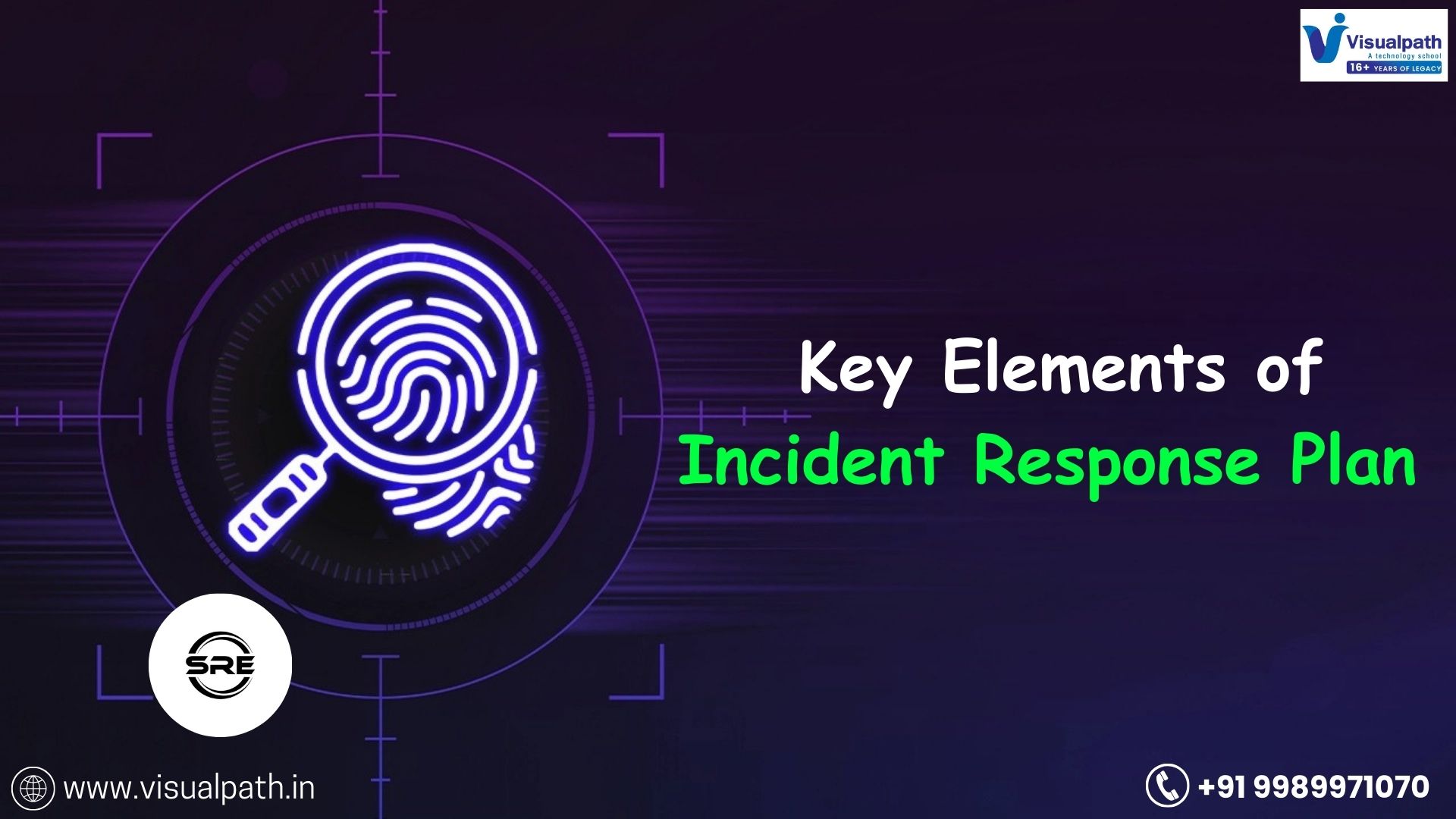Site Reliability Engineering (SRE), ensuring high availability, reliability, and performance of systems is a top priority. One of the key enablers of this is effective alerting. Poor alerting can lead to missed outages, alert fatigue, or unnecessary escalations—all of which reduce team efficiency and user satisfaction. Setting up an effective alerting mechanism is a critical part of any robust SRE strategy.
Here’s how to build a reliable and scalable alerting system that supports operational excellence in SRE. Site Reliability Engineering Training
1. SRE Define Clear Objectives for Alerting
The first step in setting up alerts is knowing what you’re trying to achieve. Every alert should:
- Notify the relevant individuals at the appropriate time.
- Drive timely and appropriate action.
- Reflect on a real or imminent issue that affects users or critical business operations.
Use the SLO (Service Level Objectives) and SLI (Service Level Indicators) framework to guide alerting. This ensures that alerts are tied to user impact and not just system behavior.
2. SRE Use a Multi-Tiered Alerting Strategy
Not all alerts are equal. Group your alerts into tiers based on urgency and impact:
- Critical Alerts: Need immediate attention (e.g., service outage, error rate spikes).
- Warning Alerts: Indicate degradation but not immediate failure (e.g., latency slightly above threshold).
- Informational Alerts: Useful for trending but not urgent (e.g., disk usage at 70%).
This approach avoids overwhelming engineers with minor or irrelevant notifications and helps prioritize the most urgent issues. SRE Course
3. Leverage the Power of Automation
SREs rely heavily on automation to reduce toil. Your alerting system should be capable of:
- Auto-remediation: Some alerts can trigger scripts to resolve known issues automatically.
- Auto-ticketing: Integration with incident management tools (like PagerDuty, Opsgenie, or Jira) to open tickets or incidents directly from alerts.
- Suppressions: Automatically suppress alerts during maintenance windows or planned downtimes.
Automated actions reduce response time and ensure consistent handling of incidents.
4. Avoid Alert Fatigue
Alert fatigue is one of the biggest threats to alerting systems. It occurs when engineers are bombarded with too many alerts—especially false positives or low-priority notifications.
To combat this: Site Reliability Engineering Online Training
- Regularly audit your alerts and remove outdated or irrelevant ones.
- Tune thresholds to reflect realistic baselines.
- Group-related alerts to avoid flooding during a cascading failure.
- Use deduplication and alert aggregation tools to combine similar alerts.
Engineers should be confident that when the pager goes off, it’s for a good reason.
5. Ensure Proper Routing and Escalation
Alerts should be routed to the right person or team who can fix the problem. Effective routing involves:
- Mapping services to owners.
- Creating escalation policies for unresolved issues.
- Setting up time-based or workload-based rotations.
A strong on-call system is essential. This prevents alert bottlenecks and ensures quick resolution even during off-hours.
6. Test and Simulate Alerts
Don’t wait for a real incident to find out your alerts don’t work. Test them:
- Use chaos engineering or fault injection to simulate outages.
- Confirm that alerts trigger, route correctly, and contain actionable information.
- Run mock drills to prepare the team for real-world scenarios.
Testing validates your assumptions and builds confidence in your alerting pipeline.
7. Review and Improve Continuously
Alerting is not a “set it and forget it” approach. Over time, your systems, traffic patterns, and priorities evolve. That’s why alert reviews are a must. SRE Courses Online
During post-incident reviews (PIRs), ask:
- Did alerts trigger appropriately?
- Were there too many alerts or none at all?
- Was the alert actionable and clear?
Use this feedback to improve alert rules, thresholds, and documentation.
Conclusion
Effective alerting in SRE is more than just monitoring—it’s about ensuring resilience, empowering fast responses, and minimizing user impact. By aligning alerts with SLOs, reducing noise, enabling automation, and reviewing regularly, you can build a reliable alerting system that supports both your engineers and your business.
Trending Courses: ServiceNow, Docker and Kubernetes, SAP Ariba




